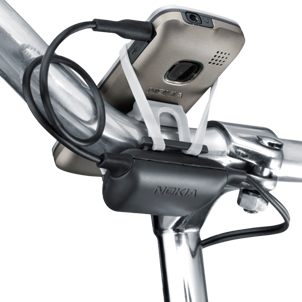Promoted by partners such as Intel, HP, and Citrix, “Power IT Down Day” is scheduled for Friday, August 27th, 2010. Per the web site, powering your computer down for a single day can help save tens of thousands of costly kilowatt hours.
Powering down a computer for a single day is a great way to promote a concept that is clearly important, and it’s an ongoing, worldwide issue that 1E (Green IT solutions provider) addresses in a more complete manner. The data 1E discovered in their 2009 PC Energy Report is staggering: “... if all the world’s 1 billion PC’s were powered down for just one night – it would save enough energy to light up New York City’s Empire State Building – inside and out – for more than 30 years.” 1E has pioneered the technology to make IT more efficient by providing tools to “power down” every day of the year instead of just one. Consider the significant impact that can be realized by implementing the “power down” concept all year long! Read more about these solution here; NightWatchman, NightWatchman Server Edition, and WakeUp.

